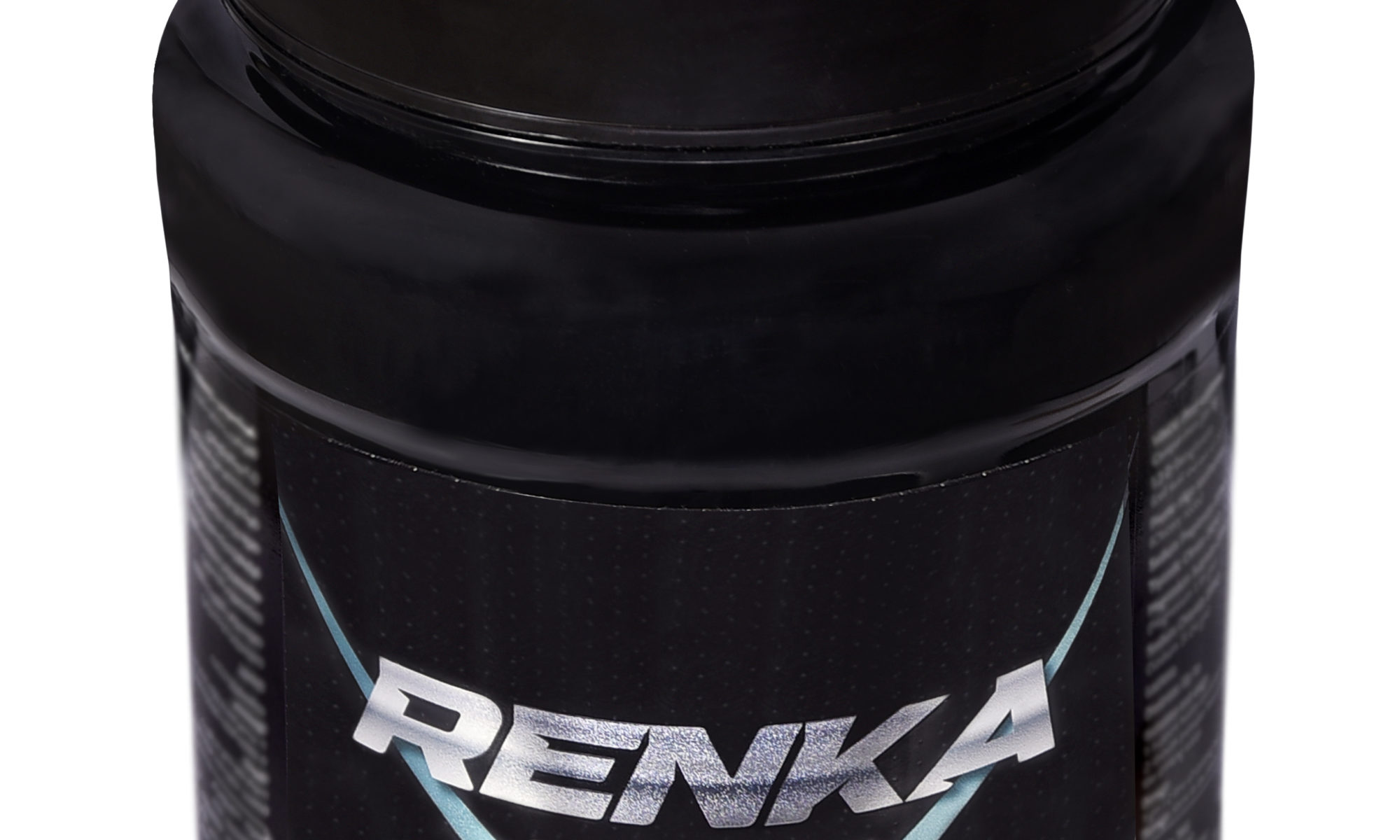BioSpec Feeds and PVADO Collaborate with VIXOS for Immune Support in Poultry
BioSpec Feeds has formalised a collaboration agreement with PVADO for VIXOS formulation, a best-in-class feed additive to support the immune system of poultry on the farms.
PVADO has shown leadership in the animal health sector providing innovative quality products to customers.

Vixos
- This is an original highly purified formulation that acts in a synergistic and complementary way to protect flocks.
- Seen as an ultimate solution to help prevent the spread of infection.
- Using a unique immune booster action.
- Helping to increase antibody titer post-vaccination.
- Rapid onset of action.
- Highly purified ingredients.
- High bioavailability.
Dose – Broilers
- 0.25 gm / liter of drinking water – Two days before vaccines and a Day after, Two days after antibiotic doses.
Technical Feed Additives have an important place in modern agriculture
Dr Amit Kini
A feed additive is defined as products used in animal nutrition for purposes of improving the quality of feed and the quality of food from animal origin, or to improve the animal performance and health (EC, Animal feed). According to European Food Safety Authority (EFSA), the feed additive categories can be divided into 5 main categories, which include; 1) Technological feed additives 2) Sensory feed additives 3) Nutritional feed additives 4) Zoo technical feed additives and 5) Coccidiostats & Histomonostats.These classifications are primarily dependant on functional areas of product categorisation. Immunological products also form a major part of new technological changes to develop the same, yet we would reserve this article to only feed additives. Also, we will refrain the article to mainly monogastric animals with few references to ruminants.
Successful feed additives have always been developed after understanding the need of the customers. In terms of development processes, feed additives can be classified into two categories; 1) Generic products and 2) Innovations.

The generic products originating from diverse categories spanning the pharmaceutical spectrum to nutraceuticals and the newly developed phytogenic origin molecules form a huge pile of alternatives. On the other hand, innovations are products originating from core research development and try to tackle the problem in a new way. Although it is important here to understand that Generic products commercially are no way less and even command more demand in certain markets. The recommended product development process can involve in vitro and in vivophases,which may have several critical control points depending on type of feed additive and its spectrum of usage. Recent trends have shown a divide in research-oriented feed additives developing companies who patent the new developments, which are eventually sold to mass producers. These bifurcations help in separating the marketing biases from core development indications.
Product development criteria are moving towards the health of the animal and diverging from attributes solely focusing on performance enhancement. Although, this change is seen more in developed markets, but is slowly being picked up by developing countries. The concepts of free range and slow growing broilers are univocal with such changes. Animal health was always an important parameter in animal production although in many ways masked by the need to have larger yields in animal produce. Owing to multiple issues pertaining to antibiotic resistance, cruelty on animal, import regulations and improved regulatory norms the producers have shown a shift to develop feed additives for preventive health rather than focus on curative solutions. Looking from a systemic perspective Gut health is now a major driving force for new developments. Categories included revolve around novel probiotic strains and plant origin phytogenic actives which are forming a well-known niche in the market. Along with health, finding a cheap protein has been major need for research. Using insect protein sources is establishing well, but only in certain markets. Using alternative plant proteins like Lupins,algae and grain by products have been used for formulating cheap, seasonal and supply dependant feed formulations.
Intestinal health in poultry and other Livestock directly relates to clean animal produce. Novel feed additive needs are the current market demand to reduce intestinal stress in fast growing birds. Research on understanding the microbial diversity and probiotic enrichment with specific strains form a major part of the evaluation. Study of surface charges (Zeta potential) and its inference also marks a new trend in understanding gut interactionsand effect of different antibacterial agents on pathological bacteria(Kurinčićet al.,2016). Utilization of feed enzymes for altering gut viscosity and reducing lower intestinal infection form a major priority today in feed formulations. Recently, gut mucins have come into the picture as an important component to provide barrier protection and prevent intestinal diseases (Cao et al., 2012). As in most cases cues for

this development where taken from studying human prognosis and treatment of disease. Specifically, inflammatory bowel disease affecting a large population lead researches to understand mucin differentiation in human gut. Association of mucin with campylobacter colonization of poultry gut and necrotic enteritis affections with coccidia mediated gut inflammation proved the role of mucin in preventing barrier breach of the intestinal epithelial cells(Alemkaet al.,2010) The recent restrictionson ionophore anti-coccidials has aggravated the same condition.Cost saving strategies and supply strains have led to use of alternative feed ingredients (Fig 2.), many of these ingredients require a new feed additive category to be used simultaneously to fit the nutritional matrix. Australian sweet Lupins form one such example where Soybean meal prices regulate its use in animal feed (Jerochet al.,2016). Presence non-starch polysaccharide (NSP)content in Lupins warrants the simultaneous use of NSP degrading enzymes as digestibility enhancers.
The marketing and sale regulations in various developed markets, make it imperative that the additive is passed through an intense product efficacy check pipeline. Recently, the focus on environment health has led to a more stringent in development regulation for potentials of bioaccumulation. Implementation of organic certified feed additives is one such avenue that needs further investigation. Use of fossil fuels as a source of feed additive manufacturing has its consequence of reduced sustainability and immense price variations. The amino acid DL-methionine fits this case, where the industry was actively

searching for alternatives. Development of L-methionine from microbial source is a result of the changing industry outlook.Usage of by-products of food industry or sustainable renewable resources that will leave the least of carbon foot print is in trend. Feed additives containing sea weed, paper industry by-products and bakery yeast cultivation waste are few categories already implemented widely. The researchers are finding the most cost-effective ways to efficiently divert waste of one industry to be used as an efficacious and value for money raw material for the animal industry.
Newer techniques, such as lipid encapsulation, nano-emulsification and bioavailability enhancement by ligand mediated transport have also emerged as mechanism to improve feed additive performance and stability. Vitamin and mineral nutrition seeking stability enhancements in vitamin C supplementation has beentackled in Aqua industry by using encapsulation techniques. Organic minerals claim an improved bioavailability by ligand bound moieties or yeast enriched varieties. New trends in human nutrition use a differentiation of ‘true’ organic minerals versus ligand bound chelated mineral supplements. BLK water is one such specialized bottled drinking water for human consumption, claiming effects via 77 organic minerals present in a natural complex. Such innovations form an ideal bridge between the human and animal supplements. Many natural phytogenic sources claiming an anti-inflammatory potential solely depend on the antioxidant value of actives. Hence seasonal variations, post extraction stability and true efficacy potentials raise many questions on field usage of the such feed additives. Knowledge oftrue analytical standards for these feed additives form an important phase of development. Consequently, following norms such as FAMI-QS, cGMP, OSHA and ISO equivalence at the development level helps easier dossier formation and market acceptability.
Future developments in feed additives will warrant an alliance with biosecurity products used in the farm and structural enhancements made to animal houses(Fig. 3) that need new application methods for feed additives. Aerosol nutrition, nano-bots and imaging techniques which are currently too costly to be used for preventive measures in the animal industry, need to be implemented well. Nutritional programming of young animals, eradication of fungal toxins, functional enrichment of animal produce, improved shelf life of dairy and poultry produce and testing the efficacy of feed additives by using novel gold standard tests, mark new avenues for feed additive research. An ideal feed additive is the one which clearly and consistently addresses the need of animal industry and provides this solution with use of the most eco-sustainable resources. Its efficacy needs to be repeatedly proved in the field with a reproducible mechanism of actions and

its quality is measurable by standard, easily accessible lab instruments. This additive should have significant impact on quality animal produce and should do this using the least of monetary surplus at the farmer level. To reach this point of win-win for everyone, our manufacturers of feed additives should actively work together with our farmers to understand their critical current and future needs (Fig. 4). These needs will eventually drive the new developments in feed additives.
References are available upon request.





